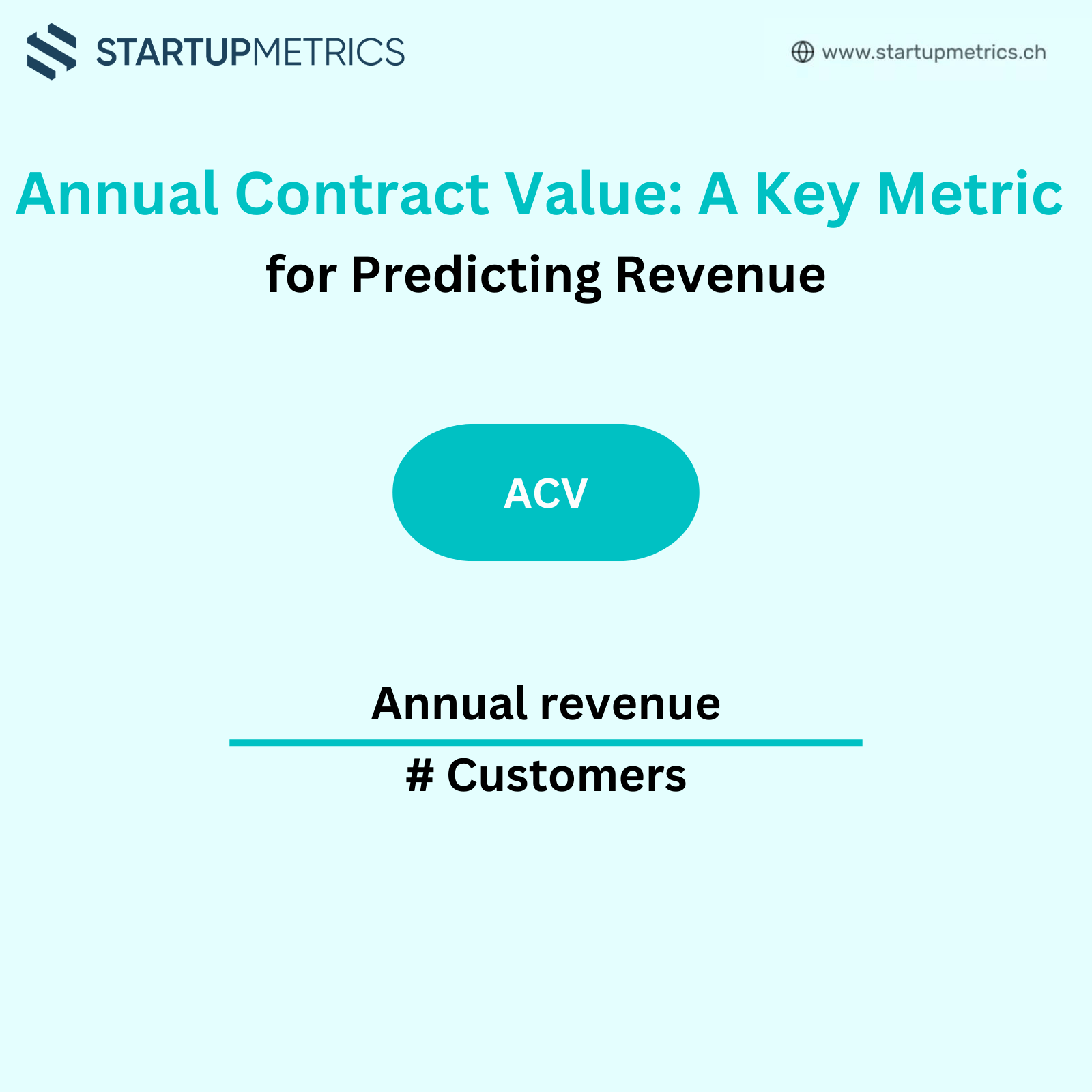Track SMART KPIs that support your main objectives
23.01.2023
In today’s fast-paced business environment, setting the right incentives in your organization by tracking and benchmarking SMART Key Performance Indicators (KPIs) is crucial. A well-structured business monitoring and controlling system helps ensure your team stays focused on achieving your main objectives.
Benefits of Tracking SMART KPIs
- Enhanced Focus: Clear objectives and measurable KPIs help your team stay focused on what matters most.
- Improved Decision-Making: Data-driven insights from tracking KPIs support better decision-making.
- Increased Accountability: Regular tracking and reporting create a culture of accountability.
- Strategic Alignment: Ensures all efforts are aligned with the organization’s strategic goals.
- Performance Optimization: Identifies areas for improvement and enables timely corrective actions.
Steps to Implement SMART KPIs
- Define and Set Your Main Objective
- Start by defining your primary goal. This should be a broad, long-term objective that aligns with your company’s vision and mission.
- Example: For a SaaS company, the main objective could be to increase customer satisfaction by 20% year over year.
- Divide the Main Objective into Weekly or Monthly Goals
- Break down the main objective into smaller, manageable parts. This makes it easier to track progress and make adjustments.
- Example: If the annual goal is to increase customer satisfaction by 20%, the monthly goal would be to increase it by approximately 1.53%.
- Track KPIs that Support These Goals
- Identify and monitor KPIs that are directly related to your objectives.
- Example: To improve customer satisfaction, track KPIs such as response time for customer support, ease of installation, and the development of requested features.
Characteristics of SMART KPIs
- Specific
- Ensure your KPIs are clearly defined and directly related to your main objective.
- Example: “Reduce customer support response time to under 2 hours.”
- Measurable
- KPIs should be quantifiable to track progress accurately.
- Example: “Achieve a Net Promoter Score (NPS) of 70 or higher.”
- Achievable
- Set realistic and attainable KPIs to keep your team motivated.
- Example: “Increase customer retention rate by 5% over the next quarter.”
- Relevant
- KPIs should be relevant to your main objectives and reflect the areas that need improvement.
- Example: “Reduce the number of installation steps to enhance user experience.”
- Timely
- Define a clear timeline for achieving the KPIs to maintain a sense of urgency and focus.
- Example: “Develop and release the top three customer-requested features within six months.”
Implementing SMART KPIs: A SaaS Company Example
Let’s assume you are a SaaS company and your main objective is to increase customer satisfaction by 20% year over year. Here’s how you can implement SMART KPIs to achieve this goal:
- Monthly Goal: Increase customer satisfaction by 1.53% each month.
- Specific KPIs:
- Reduce customer support response time to under 2 hours.
- Simplify installation by reducing the number of steps from 10 to 5.
- Develop and release the top three customer-requested features within six months.
- Measurable KPIs:
- Track the average response time for customer support.
- Measure the number of steps in the installation process.
- Monitor the development progress of requested features.
- Achievable KPIs:
- Ensure that the goals are realistic based on your team’s capabilities and resources.
- Relevant KPIs:
- Focus on metrics that directly impact customer satisfaction and retention.
- Timely KPIs:
- Set deadlines for each KPI to maintain momentum and focus.
Conclusion
Tracking SMART KPIs results in a comprehensive overview of progress towards your goals and further improves your decision-making ability. By implementing these steps, you can ensure that your organization stays aligned with its main objectives, optimizes performance, and achieves sustainable growth.
